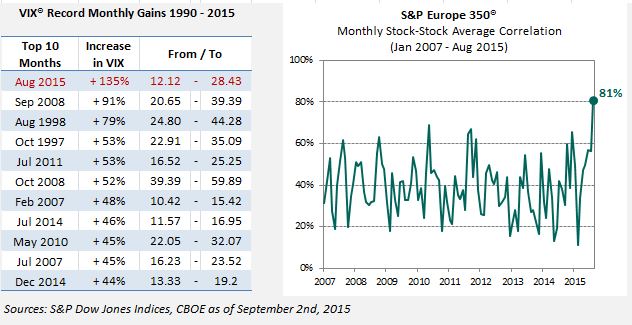The ability to measure, and to quantify what has been measured, is important for advancement. It gives us a sense of the current state of things and helps us to gauge the amount of improvement that can be attained. For example, it does not help if a runner only knows that she runs fast, but it certainly helps if she can measure her speed every time she runs and then improve it. The measurement can be absolute or relative. For example, the runner might know her speed, but it will be more helpful if she knows her position among the other runners who are participating in a competition. She can then compare herself with them and strive to improve even further. Basically, she gets a benchmark, a reference point against which similar things can be compared—in this case, and the speed of the other runners in the competition.
Like other fields of study, benchmarks are also required in finance, and in capital markets, indices generally serve this purpose. Indices are an important means of understanding the market. They are hypothetical portfolios of assets against which the performance of real portfolios can be assessed. All investors collectively own the entire capital market, and an index designed to include each and every asset would be a true gauge of that market. In general, it is not possible to track the entire capital market because of reasons such as the lack of up-to-date information on prices, among other things. Hence the indices are designed so that they are a close proxy. They have relatively infrequent, rules-based constituent changes that are not motivated by short-term alpha.
Indices used to be primarily limited to equities, but now they have sprung up in almost all of the asset classes, representing virtually every strategy. They are designed to reflect all kinds of styles, categories, sizes, etc. of the asset classes. For example, in equities, we have different sizes and sector-based indices. In fixed income, we have different maturity time spans, ratings-based indices, and more. Indices are designed to be either broad-based or investable. For example, a broad-based, mid-cap equity index would include all the mid-cap stocks in the equity market. On the other hand, an investible mid-cap equity index would include only a subset of highly liquid stocks from a broad-based, mid-cap equity index. Indices can seek to measure either the price return or the total return, which reflects the income from dividends.
For the Indian equities, Asia Index Private Limited recently launched the S&P BSE AllCap. It is a broad index suite that seeks to measure the different sizes and sectors of stocks. It is divided into three size segments by total market capitalization, in which the top 70% make up the large-cap category; the next 15% make up the mid-cap category, and the smallest 15% are in the small-cap category. It is also divided into 10 sectors. From these broad indices, we can take out investable or strategy indices. The S&P BSE MidCap Select is a sub-set of the S&P BSE MidCap. Similarly, the S&P BSE SmallCap Select is a subset of the S&P BSE SmallCap.
Within the Indian fixed income universe, we have the S&P BSE India Bond Index. The index is divided into two subindices: government and corporate. The government section is further subdivided into sovereign bonds, agency bonds, government bills, and provincial bonds, while the corporate section is further subdivided into financials, utilities, services, and industrials. With these indices, we can attempt to get a clear view of the risk and return of the fixed income market in India.
A well-designed index is transparent and clearly states the market segment it seeks to measure. Selecting the right index as a benchmark for an actively managed fund is becoming more and more important given the amount of money that has been mobilized in the industry over the years. The fund manager should look for an index that is closest to the fund’s investment objective and risk and return characteristics. Moreover, if the fund is fully collateralized, a total return index may be the right index for comparison. The fund manager may then use his selection and allocation skills to outperform the index. This is how indices play an important role as benchmarks in capital markets.
Click here for Info-graphic on Benchmark.
The posts on this blog are opinions, not advice. Please read our Disclaimers.








